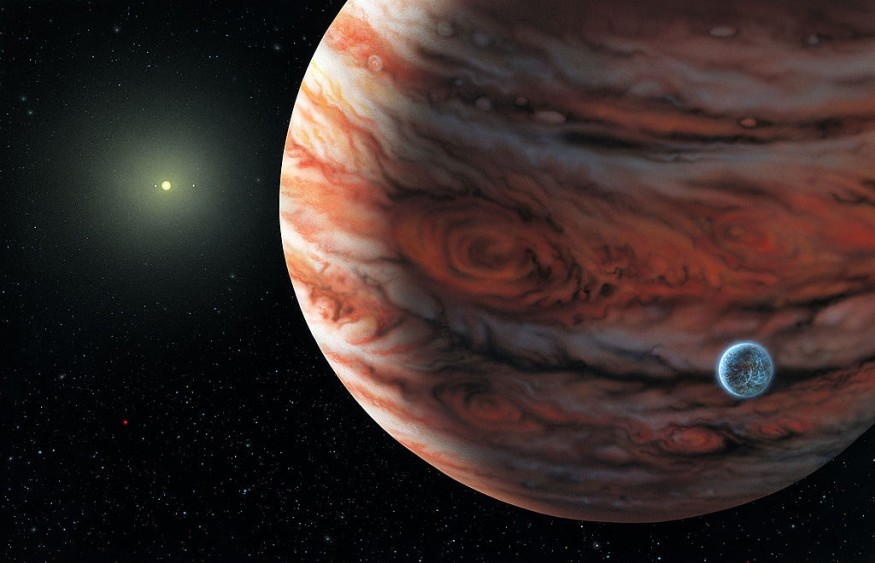Scientists recently found that the innards of Jupiter are filled with the remnants of baby planets that the gas giant gobbled up as it expanded to turn into the behemoth seen today.
As specified in a Space.com report, the findings come from the first clear view of the chemistry underneath the cloudy outer atmosphere of the planet.
Scientists find remains of cannibalized baby planets in Jupiter's cloud-covered belly https://t.co/hYYNT85IMf pic.twitter.com/TQhoq97nsC
— SPACE.com (@SPACEdotcom) June 20, 2022
Despite being the biggest planet in the solar system, Jupiter has revealed very little about such inner workings.
Telescopes have caught thousands of images of the swirling vortex clouds in the upper atmosphere of the gas giant, although these Van Gogh-esque storms also function as a barrier blocking the view of what's underneath.

Jupiter Devouring Baby Planets
According to Yamila Miguel, lead researcher of the study and astrophysicist at Leiden University in The Netherlands, "Jupiter was one of the first planets to form" in the first few million years when the solar system was taking shape approximately 4.5 million years ago. Nonetheless, added Miguel, they know nearly nothing for sure about how the planet formed,
In the new research published in the Astronomy and Astrophysics journal, researchers were finally able to peer past the obscuring cloud cover of Jupiter using gravitational data collected by the Juno space force of NASA.
The data allowed the team to map out the rocky material at the giant planet's core, which showed a surprisingly high abundance of heavy elements.
The chemical construction suggests that Jupiter devoured baby planets or planetesimals, detailed in Universe Today, to fuel its expansive growth.
What's Happening Inside the Gas Giant's Atmosphere
The new research also showed another interesting finding. Specifically, the insides of Jupiter do not mix well into its upper atmosphere, going against what has been previously expected by scientists.
The new model of the insides of Jupiter reveals that the heavy elements the planet has absorbed have stayed largely near its core, as well as the lower atmosphere.
The study authors had assumed that convection mixed up the atmosphere of Jupiter so that hotter gas near the core of the planet would rise to the outer atmosphere before cooling and falling back down. If this were the case, the heavy elements would be more evenly mixed throughout the atmosphere.
However, certain regions of Jupiter may have a small convection effect, and more research is needed to determine what is happening inside the gas giant's atmosphere, Miguel said.
Potential 'Plantetisimal' Origin
The study findings could also change the origin stories for other planets in the solar system. Miguel explained that Jupiter was the most influential planet in the solar system's formation.
The lead researcher added that the planet's gravitational pull helped shape the orbits and size of its cosmic neighbors, thus determining how it came to have essential lock-on impacts for other plants.
The results also suggest a potential planetesimal origin for other gas giants in the solar system: Uranus, Saturn, and Neptune.
Other gaseous worlds in other star systems might have formed as well by gobbling up planetesimals instead of pebbles, which means they have higher metallicity, too, than their appearance suggests.
Consequently, it is essential that the study authors have found these new worlds, which are being searched for using the James Webb Telescope of NASA; they don't judge them by their cloudy covers, according to researchers.
Related information about discoveries on Jupiter is shown on Future Unity's YouTube video below:
RELATED ARTICLE : Is Life Possible on Venus? Scientists Investigate Habitability on the Hottest Planet in the Solar System
Check out more news and information on Space on Science Times.
© 2025 ScienceTimes.com All rights reserved. Do not reproduce without permission. The window to the world of Science Times.












